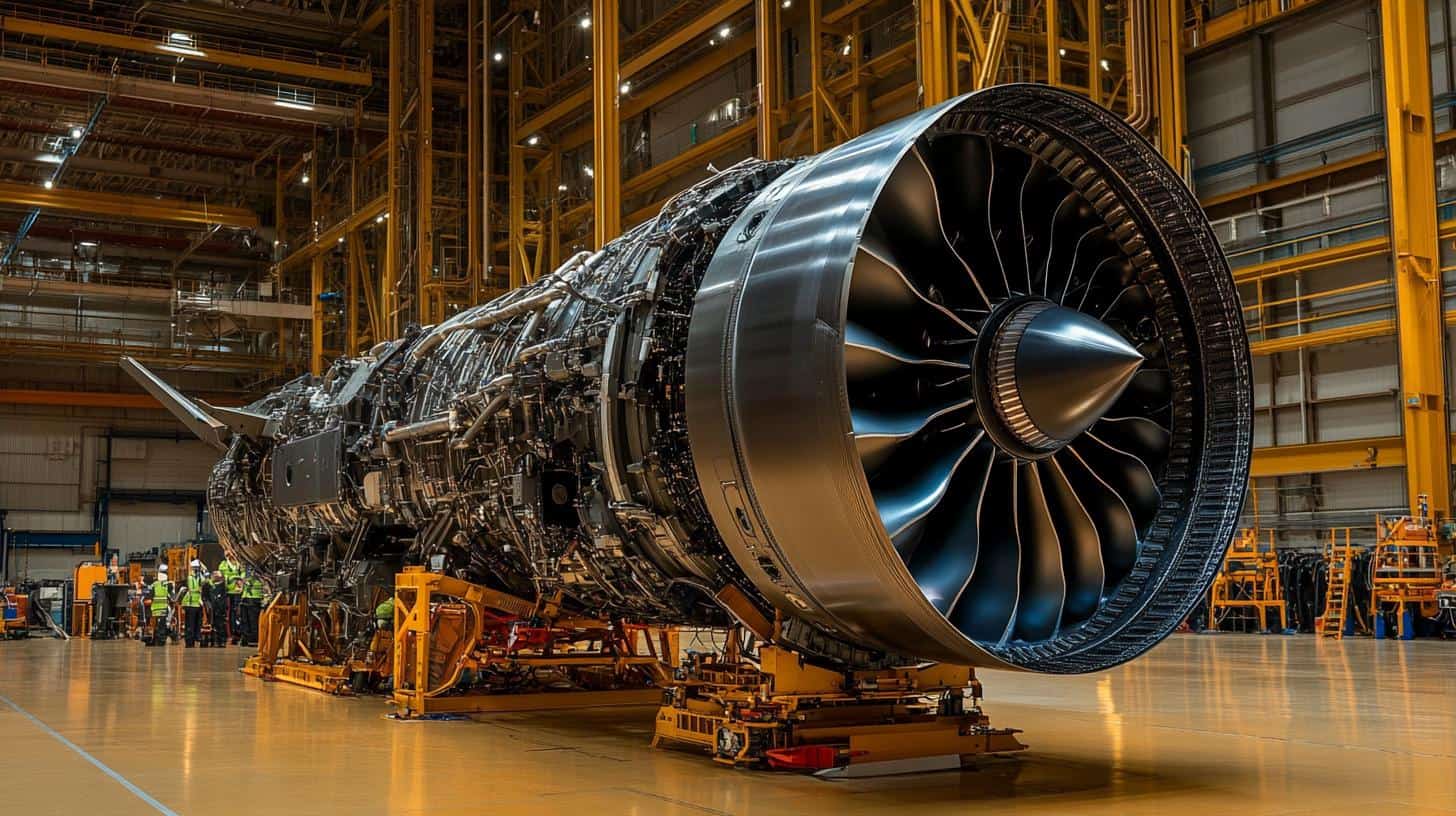The Lockheed Martin F-35, the world’s most advanced multirole fighter jet, is gearing up for an evolutionary leap. The development of a new, more powerful engine promises to significantly enhance its performance capabilities, thereby bolstering the combat-readiness of forces relying on this versatile aircraft.
The U.S. military is evaluating the Adaptive Engine Transition Program (AETP), pioneered by General Electric and Pratt & Whitney, to deliver cutting-edge propulsion systems for the F-35. This program’s key focus is to develop a new engine with an adaptive cycle technology, which integrates three streams of airflow to enhance thrust and efficiency. The AETP engine offers a striking improvement over the current Pratt & Whitney F135 engine used in the F-35. Critics often cite the existing engine’s limitations on heat management and fuel consumption, especially in hot, austere environments, as areas for improvement.
This next-generation engine promises a 25% increase in fuel efficiency, a 10% increase in thrust, and improved thermal management, allowing the F-35 to fly farther and stay in the air longer. As geopolitical tensions rise, enhancing such capabilities provides a strategic edge.
The development of the new F-35 engine represents a significant step in military aviation. It not only boosts the aircraft’s performance but also emphasizes innovation in defense technology, reaffirming the F-35’s status as a formidable force in the skies. While this engine is still in development stages, the anticipation builds as stakeholders eagerly await its implementation and the enhancements it will bring to future missions.
The F-35’s New Engine: Uncovering the Untold Secrets
The Lockheed Martin F-35, renowned as the pinnacle of multirole fighter jets, is set to achieve an all-new level of performance with its forthcoming engine upgrade. While the Adaptive Engine Transition Program (AETP) is gaining attention for its ambitious goals, there are intriguing facets and controversies surrounding this development.
What is Adaptive Cycle Technology?
The adaptive cycle technology’s unique feature is its ability to modulate between different airflows, akin to switching gears in a high-performance vehicle. This adaptability is vital for optimizing performance under various conditions, enhancing both efficiency and capability.
Why the Change?
The current Pratt & Whitney F135 engine has faced scrutiny due to heat management issues, particularly impacting performance in challenging environments. These constraints have spurred interest in propulsion systems that can offer refined enhancements across multiple fronts—foreshadowing potentially groundbreaking changes in flight operations and mission success.
Advantages vs. Disadvantages
While the potential benefits of the new engine, like increased fuel efficiency and thrust, are clear, there are challenges as well. The development and integration of these complex engines can lead to heightened production costs and manufacturing hurdles. How will nations relying on the F-35 balance these high expenditures against the potential tactical benefits?
Beyond Performance
This update is more than a technological leap—it’s a strategic maneuver in the ever-evolving landscape of global defense. As the F-35 continues to evolve, critical questions arise: How will the new engine shape future air combat strategies? What does this mean for allied forces globally?
For further insights into Lockheed Martin, visit their official website.







